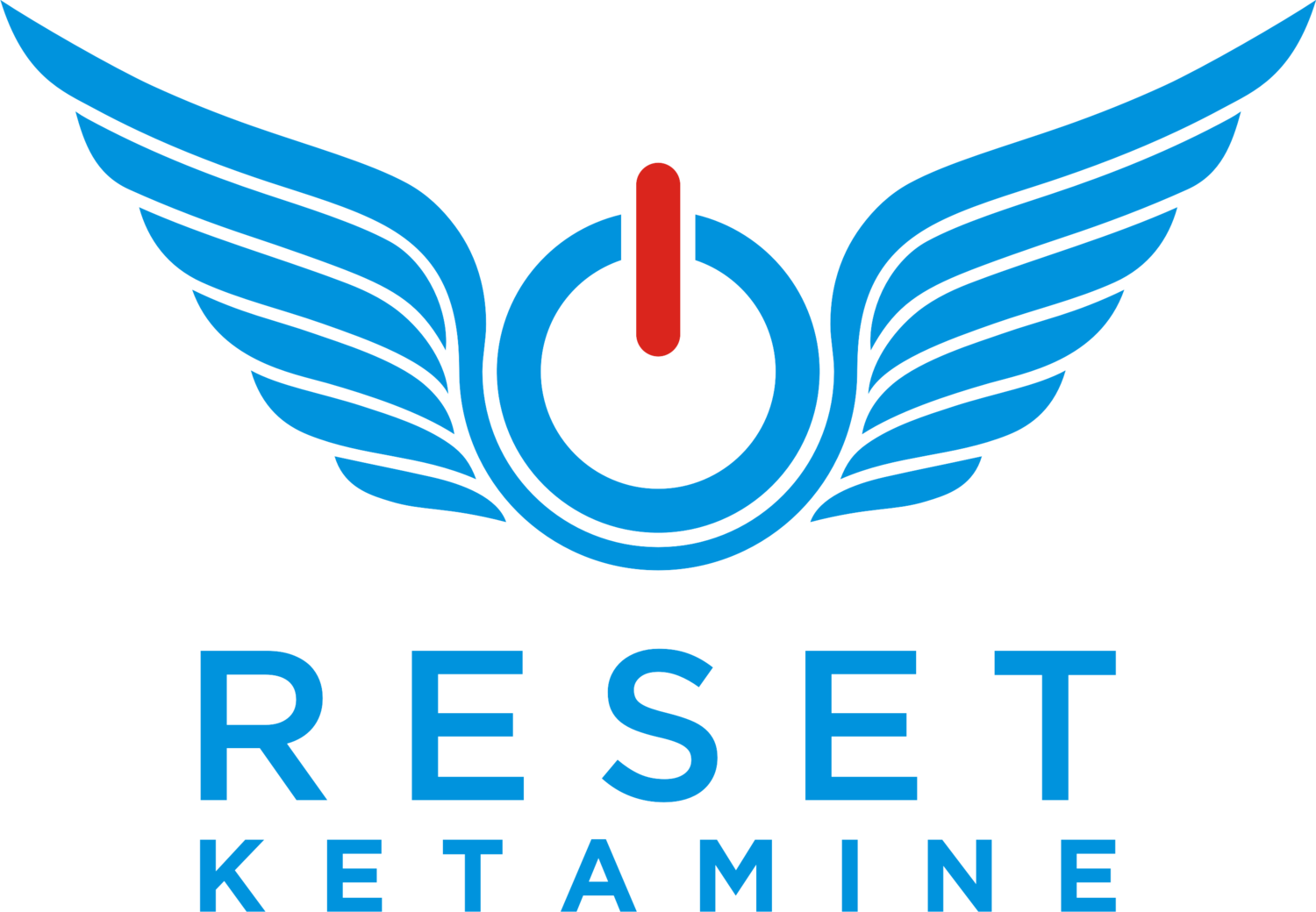Synopsis: Feeling like ketamine therapy isn’t working anymore? You’re not alone. In this blog, we’ll explore why progress with ketamine treatment can plateau, how integration and revisiting past therapies can help, and why healing is rarely a straight line. If your journey feels stuck, this guide can help you move forward with more clarity and confidence.
When Ketamine Therapy Plateaus: A Pause on Progress?
Maybe you’re new to ketamine treatments, or maybe you’ve been receiving them for a while and now you’re hitting a wall. It was working. You were feeling better. And now… you’re not. So what’s going on? Should you stop treatment altogether?
In this blog, we’ll explore why progress with ketamine therapy can sometimes slow down or feel like it’s stopped entirely. By looking at three important ideas - integration, revisiting other treatments, and embracing the non-linear healing journey - we’ll help you better understand what might be happening and what to do next.
Integration is where the real healing happens. Ketamine opens the door—but it's your daily actions that help you walk through it.
The Importance of Integration
Let’s talk about integrating the treatment experience. One of the most important aspects of ketamine therapy or any therapeutic process is understanding that insight alone isn’t enough.
Ketamine can reveal powerful realizations and patterns that inspire change. But here’s the thing: those insights only become valuable when you apply them. Think of ketamine as a catalyst. It opens mental and emotional pathways and gives you a window into change. But if no action follows, it’s like having a library full of unread books. The potential is there, but the benefit is not.
We like to think of integration as the “homework” between sessions. After an infusion, you may feel more capable of starting new habits or letting go of old ones. That might look like starting a journaling practice, seeing a therapist, reducing your alcohol, marijuana, or caffeine use, or simply taking time to reflect on what really matters.
Ketamine enhances neuroplasticity - your brain’s ability to form new connections - which is strongest in the first 24 to 72 hours after an infusion. When you take action during that window, you’re reinforcing those new pathways. That’s why integration is key to long-term success.
Curious to explore an integration tool? If so check out our The Wheel of Life: A Tool To Integrate Your Ketamine Experience post
Growth means circling back sometimes. What didn’t work before might be exactly what you need now—because you’ve changed.
Revisiting Past Treatments
While ketamine therapy can be powerful, it's not a one-size-fits-all solution. Sometimes, it’s helpful to revisit treatments or approaches you may have tried in the past.
Beyond lifestyle changes and integration practices, it may be time to consider complementary or additional treatments. For example, we often see patients who had taken a break from traditional psychotherapy but find themselves in a better mental and emotional place after ketamine treatments. Thus they are able to reengage with it more effectively.
Reintroducing therapy can enhance ketamine’s benefits, as the two modalities often support and amplify one another. You might even reconsider medications that didn’t help in the past.
Just because something wasn’t right for you before doesn’t mean it won’t be now.
Healing is a journey, and it’s about finding the right combination of tools that work for you and knowing that those tools may evolve over time.
Healing isn’t a straight line—it’s a spiral. You may revisit old places, but each time with new strength and deeper insight.
Understanding the Non-Linear Healing Journey
Healing is rarely a straight line. It’s not always a direct path from point A to point B. Some people may experience rapid, even life-changing improvements session after session. But then suddenly hit a plateau, or feel like they’re taking one step forward and two steps back.
This is completely normal. It doesn’t necessarily mean the treatment isn’t working.
Mental health is influenced by many factors: your body, your relationships, your environment, and even global events. Some days may feel light and full of possibility; others may feel heavy and stuck. There will be times when ketamine doesn’t feel as transformative as it once did and that’s okay.
What matters most is patience, trust, and faith in yourself and in the healing process. Mental health journeys are often winding, with progress that ebbs and flows. The key is staying consistent and remembering that even small steps forward still count.
Conclusion
If your progress with ketamine therapy feels like it’s stalling or just not going the way you’d hoped, trust your gut. It may be time to pause and reflect, or to discuss your next steps with your doctor or mental health provider. Sometimes, that means taking a break or reassessing your treatment plan.
Just remember: a slowdown doesn’t mean you’re stuck. There are always ways to continue moving forward. wWhether it’s deepening your integration practices, exploring complementary treatments, or simply giving yourself time and space to heal. Trust your process. Your healing journey is still unfolding.
If you enjoyed this blog post, check these out too:
Ketamine Therapy: Why You Need An Empty Tea Cup
Discover the significance of maintaining an open mind in the realm of ketamine therapy, illustrated through a Zen Buddhist parable about an overflowing teacup. This blog explores the importance of being receptive to new knowledge and perspectives in medical treatments.
5 Ways to Maximize Progress After Your Ketamine Infusions
We'd love to say that ketamine infusions alone will fix all your problems, but it is only a catalyst. What will transform your life is making some changes in your daily life. Read more in the blog
How Intention and Belief Plays a Role on Mood
Your beliefs and intentions have power. That's why we encourage each of our patients to set an intention before a ketamine infusion. Learn more about this with a study involving tea at our blog.








